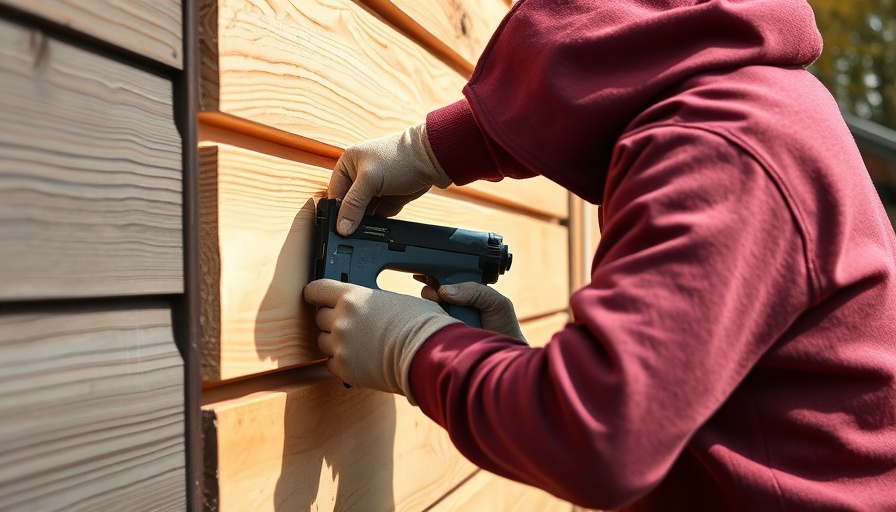
Understanding the Science of Speed Limits
Speed limits represent a critical aspect of road safety and traffic management. For decades, speed limit science, or 'speed science,' has evolved to keep up with changing vehicular technology and driver behavior. When setting speed limits, authorities aim to balance safety with efficiency, ensuring roads’re designed to minimize accidents while allowing for smooth traffic flow. Speed engineers analyze diverse factors, ranging from environmental conditions to crash data, to optimize these limits effectively.
The Factors Influencing Speed Limit Decisions
Experts note that the Federal Highway Administration (FHWA) provides comprehensive guidelines through the Manual of Uniform Traffic Control Devices (MUTCD). Key parameters include:
- Roadway Environment: Urban, suburban, or rural settings dictate varying speed regulations.
- Roadway Characteristics: Conditions like lane width and surface quality play a role.
- Geographic Context: The location determines the inherent risks, influencing speed limits.
- Crash Experience: Historical data on accidents helps set safer speed standards.
- Speed Distribution: Analyzing the speeds of free-flowing vehicles can illuminate trends.
- Speed Trends: Monitoring speed changes over time can inform adjustments.
Yet, many speed limits are updated reactively, responding to changes rather than proactively anticipating them, leading to debates over their effectiveness and relevance.
The 85th Percentile Rule: A Controversial Approach
At the heart of speed limit controversies lies the 85th Percentile Rule, a methodology that suggests speed limits should be set at the speed that 85% of drivers do not exceed. While this takes into account actual driving behaviors, critics argue it can result in excessively high limits, ignoring safety considerations. Transportation engineer Nathan Kautz explains, “While human behavior is essential, our approach must encompass broader data analysis to create safer environments.”
Variability of Speed Limit Laws Across the United States
In the U.S., speed limit regulations can vary drastically not just between states, but within cities in the same state. Mike Agruss, a legal expert, emphasizes that “while federal guidelines exist, states maintain the authority to set and adjust their speed limits based on local data.” For example, areas with high accident rates often face pressure to revise speed limits, potentially adopting methods such as installing roundabouts to enhance safety.
Public Perception and Trust
Speed limits are fundamentally based on public trust; citizens must view these rules as fair and just. Misunderstandings about how these limits are determined can erode that trust, leading to frustration among drivers and pedestrians alike. As transportation systems grow more complex, experts stress it’s essential for local governments to engage the community, explaining limitations and inviting feedback on speed regulations.
The Future of Speed Limit Regulations
Looking ahead, the evolution of speed limit science may integrate new technologies, such as real-time data collection via connected vehicles or smart infrastructure. This data could provide granular insights into how traffic moves in real-time, potentially enabling dynamic speed limits that adjust based on current conditions, traffic, and road hazards. As David Swanson reviews this rapid development, homeowners and drivers alike should stay informed about these changes, knowing that their commutes may soon be safer and more efficient.
As we’ve explored in this article, understanding how speed limits are set isn't merely about adhering to rules; it reflects a collaborative effort to enhance our roads’ safety and functionality. The more informed you are about the processes at play, the better equipped you become when traversing these roads.
For practical insights on managing safety at home and beyond, be sure to stay updated with our handyman tips and guides on home maintenance and repairs. These insights can empower you to make knowledgeable decisions, whether you’re handling household projects or navigating the complexity of road regulations.
 Add Row
Add Row  Add
Add 



Write A Comment